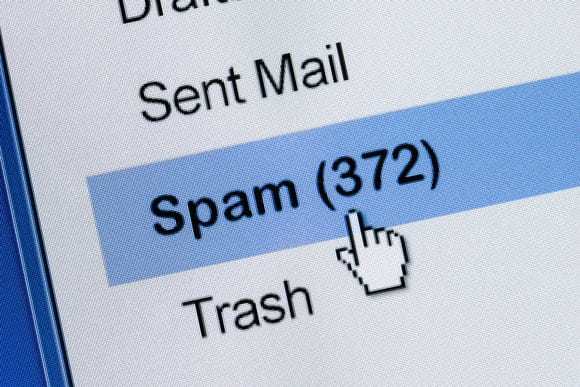
Spam emails are an unsolicited chain of emails sent in bulk. They were used in the past for some good-hearted product promotion but have eventually been criminalised due to their intrusive nature. Unfortunately, spamming also appeals to con artists, and 40 years after the first spam email was sent, it remains a potent threat.
Regular users can spot a spam email from miles away by now — those unknown senders, enticing subject lines, weird links, spelling mistakes, unrealistic offers, non-personal salutations, and threatening language are dead giveaways. Still, there are many that pass off as legitimate on the surface, which is why users need a solid security program in place and exercise extra caution when opening emails.
Sometimes the worst these unwanted messages do is annoy recipients or flood their inbox. Unfortunately, they do more than that. Cybercriminals use spamming to pose all sorts of danger to businesses and individuals in Western Australia and around the world.
Wasted bandwidth space
Spam emails often carry malicious downloads and eat up a great deal of bandwidth, which is particularly backbreaking if you are under download limitations. They also take up precious processor time and storage space. To give a little perspective, if all internet service providers around the world can stop spam emails, the overall internet speed everywhere will shoot up drastically.
Reduced productivity
Spam emails waste your employees’ time. On average, they account for 70–90% of all emails sent, and it takes about 16 seconds to identify and delete one of them. This spells trouble especially if you don’t have a spam-filtering service, as you would have to wade through all your email to find the legitimate ones. Imagine all the time wasted, considering the number of your employees and the volume of spam they receive daily, weekly, and monthly.
Increased expenses
Mitigating a security breach can sap your help desk and IT resources. The expenses add up depending on the kind of breach, number of users affected, and amount and significance of data lost, among others. Keep in mind that though your systems may start up after getting spammed, the actual virus may still thrive.
Spamming also poses legal risks, which can cost you a huge sum of money on penalties. Last year, Big Blue reported that on average, Australian companies spend $2.51 million following a data breach. You also need to take into account the number of customers you can lose when they find out about the incident.
Stolen identity
Spammers often use spyware to infiltrate your computer system and steal personal information, such as your address, social security number, usernames and passwords, and credit card numbers. They can also use it to monitor your browsing habits and the programs you use.
Using your own internet connection, spyware will transmit your sensitive data to the spammer who may use it for fraudulent acts, such as opening other bank accounts in your name, taking your tax returns, tanking your credit score, and even selling your personal information to other criminals.
Perpetrators are hard to catch
Spammers simultaneously send volumes of emails to people around the globe, and they do it anonymously. This is why anti-spam laws are hard to enforce. Worse, spammers continue to evolve, with seemingly endless tricks up their sleeve.
The dangers of spamming are real, but so are the precautionary measures you can do to avoid or mitigate them. Contact us today, and be on your way to becoming spam-free.


